A Beginner's Guide to Tree Care Services
Tree care is a vital component of maintaining both residential and commercial landscapes. Healthy trees not only enhance aesthetic appeal but also provide cleaner air, energy-saving shade, and a natural buffer against environmental stressors. Professional tree care services ensure that trees remain vibrant for decades while preventing hazards like falling branches or disease. According to NIP Group, the U.S. Department of Agriculture's Forest Service recently announced over $1 billion in competitive grants for tree planting and maintenance, highlighting the growing nationwide need for expert care. Hiring a reputable tree care company ensures that your landscape receives tailored attention and maximizes the benefits of these federal initiatives.
Understanding Basic Tree Care
Proper tree care goes beyond aesthetics—it boosts property values, reduces heat in urban areas, conserves energy, and improves air quality. Routine maintenance by professionals also minimizes risks associated with collapsing trees or storm-damaged limbs. USDA grants, as noted by NIP Group, support tree planting and maintenance, further emphasizing the importance of professional oversight. By hiring experts, property owners ensure that trees receive safe, sustainable, and long-lasting care. Scheduled maintenance from certified arborists guarantees optimal growth and longevity while preventing costly damage in the future.
Types of Tree Services
A professional tree care company offers a comprehensive range of services, including planting, pruning, trimming, disease treatment, and removal. Additional offerings cover storm damage response, preventative care, and soil management. According to NIP Group, these services align closely with USDA initiatives aimed at maintaining healthy urban forests. From shaping young trees for optimal growth to managing mature specimens, tree care professionals adapt strategies to meet the specific needs of each property. Their expertise ensures that every tree receives the correct treatment at the right time.
Common Tree Species
Each tree species has unique care requirements that must be addressed to maintain health and productivity. For example, oak trees benefit from regular pruning to allow sunlight penetration, while maples require deep watering during dry periods. Fruit trees often need targeted pest control to protect their yields. Arborists understand these species-specific nuances and design care plans accordingly. Partnering with a qualified tree care company ensures that each species receives the correct treatment. Following USDA guidelines, supported by NIP Group data, helps maintain biodiversity and overall tree health across landscapes.
DIY vs. Professional Care
Homeowners may be tempted to handle tree care themselves, but improper pruning or treatment can result in long-term damage or serious safety hazards. Certified arborists bring specialized training, professional-grade equipment, and liability protection that DIY approaches cannot match. The long-term benefits of professional tree care—including tree longevity, property safety, and disease prevention—far outweigh the initial costs. Additionally, aligning your tree care practices with federally supported initiatives ensures both compliance and environmental stewardship.
When to Call a Professional
It is important to seek professional assistance when trees exhibit signs of disease, discolored leaves, or damage from storms. Regular inspections can help identify issues early, reducing the risk of accidents or further decline. Professionals are trained to intervene safely and efficiently, protecting both your property and the surrounding environment. Prompt action also ensures that preventive measures are in place, helping trees thrive for years to come.
Tree Pruning and Trimming
Basics of Pruning
Pruning removes dead or diseased branches, improves airflow, and shapes growth for aesthetic and structural benefits. Proper pruning reduces pest infestations and strengthens tree resilience. When performed correctly, pruning enhances both the beauty and longevity of your trees.
Types of Pruning
Thinning cuts open the canopy for healthy growth, reduction cuts manage tree height and prevent structural issues, and heading cuts encourage denser foliage. Each method must be applied carefully to avoid unnecessary stress or damage. Professionals ensure the correct technique is chosen based on the tree’s age, species, and condition.
Seasonal Tips
Winter is ideal for most pruning as it encourages spring growth, while flowering trees should be pruned immediately after blooming to preserve buds. Some trees benefit from summer pruning to control excessive growth. Following seasonal guidelines ensures trees remain healthy and maintain their natural form.
Tools and Mistakes to Avoid
Basic pruning tools include hand pruners, loppers, saws, and pole pruners, but arborists often use specialized equipment for precision and safety. Common errors include topping, leaving stubs, or cutting too close to the trunk. Professional care minimizes these risks, preserving tree health and structural integrity.
Tree Health and Disease Management
Identifying Diseases
Trees may show signs of distress through discolored leaves, wilting, spots, or abnormal growths. Fungal infections, such as powdery mildew or rust, are common threats. Early detection is critical to prevent the spread of disease and potential tree loss.
Prevention
Maintaining proper watering, mulching, and periodic pruning helps trees resist pests and diseases. Regular inspections allow problems to be caught early, reducing long-term damage. Implementing preventive measures is more cost-effective than reactive treatments.
Treatment and Fertilization
Treatment options include fungicides, soil amendments, and eco-friendly biological controls. Fertilization strengthens young or nutrient-deficient trees by supplying essential elements like nitrogen, phosphorus, and potassium. Arborists tailor treatments to each tree, reducing stress and restoring health efficiently.
Arborist Expertise
Certified arborists provide evidence-based care, accurate diagnoses, and customized plans for long-term tree health. Their professional expertise ensures responsible management and sustainable outcomes.
Tree Removal and Stump Grinding
When Removal Is Necessary
Dead, diseased, or structurally compromised trees can threaten nearby structures and safety. Arborists evaluate tree conditions to determine if removal is the best course of action.
Safe Removal Steps
Professionals assess the tree, remove heavy branches, and use precision cuts to safely control the fall. Strict adherence to safety standards protects both the team and surrounding property.
Stump Grinding
After removal, stumps are ground into mulch to clear space for landscaping and prevent pest infestations. This process is efficient and restores the visual appeal of the property.
Safety Measures and Costs
Protective gear, team coordination, and site preparation are essential to a safe removal process. Costs vary based on tree size, location, and complexity, but professional services provide transparency and safety assurances.
Emergency Tree Services
Recognizing Hazards
Leaning trees, cracked bark, and exposed roots are warning signs of potential hazards. Overgrown canopies near power lines increase risks.
Storm Damage and Immediate Response
Storms can leave trees broken or fallen, creating dangerous conditions. Quick professional intervention reduces hazards and restores safety. Homeowners should avoid damaged areas and contact experts immediately, as DIY attempts can worsen the situation.
Insurance Considerations
Tree-related damage may be covered by insurance policies, but professional documentation and intervention ensure accurate claims. Certified emergency tree services provide safe, efficient, and reliable storm recovery. Clear communication regarding costs and timelines helps property owners manage emergencies with confidence.
Choosing the Right Tree Care Company
Research and Questions
Directories, online reviews, and professional associations help evaluate tree care companies. Ask about experience, services, insurance, certifications, costs, and timelines to ensure alignment with expectations.
Licenses, Certifications, and Reviews
Verify state licenses and arborist certifications to guarantee compliance with regulations. Customer feedback provides insight into a company’s reliability, professionalism, and quality of service.
Service Contracts
Contracts outline the scope of work, costs, and responsibilities. Clear agreements minimize misunderstandings and support smooth project execution.
Tree care is essential for maintaining safe, healthy, and visually appealing landscapes. From pruning and disease prevention to removals and emergency services, professional arborists protect both your property and the environment. Choosing the right tree care company ensures long-term results, peace of mind, and compliance with best practices. For trusted service, contact Kelley's Tree Services, LLC today.
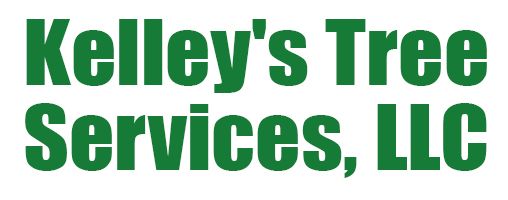
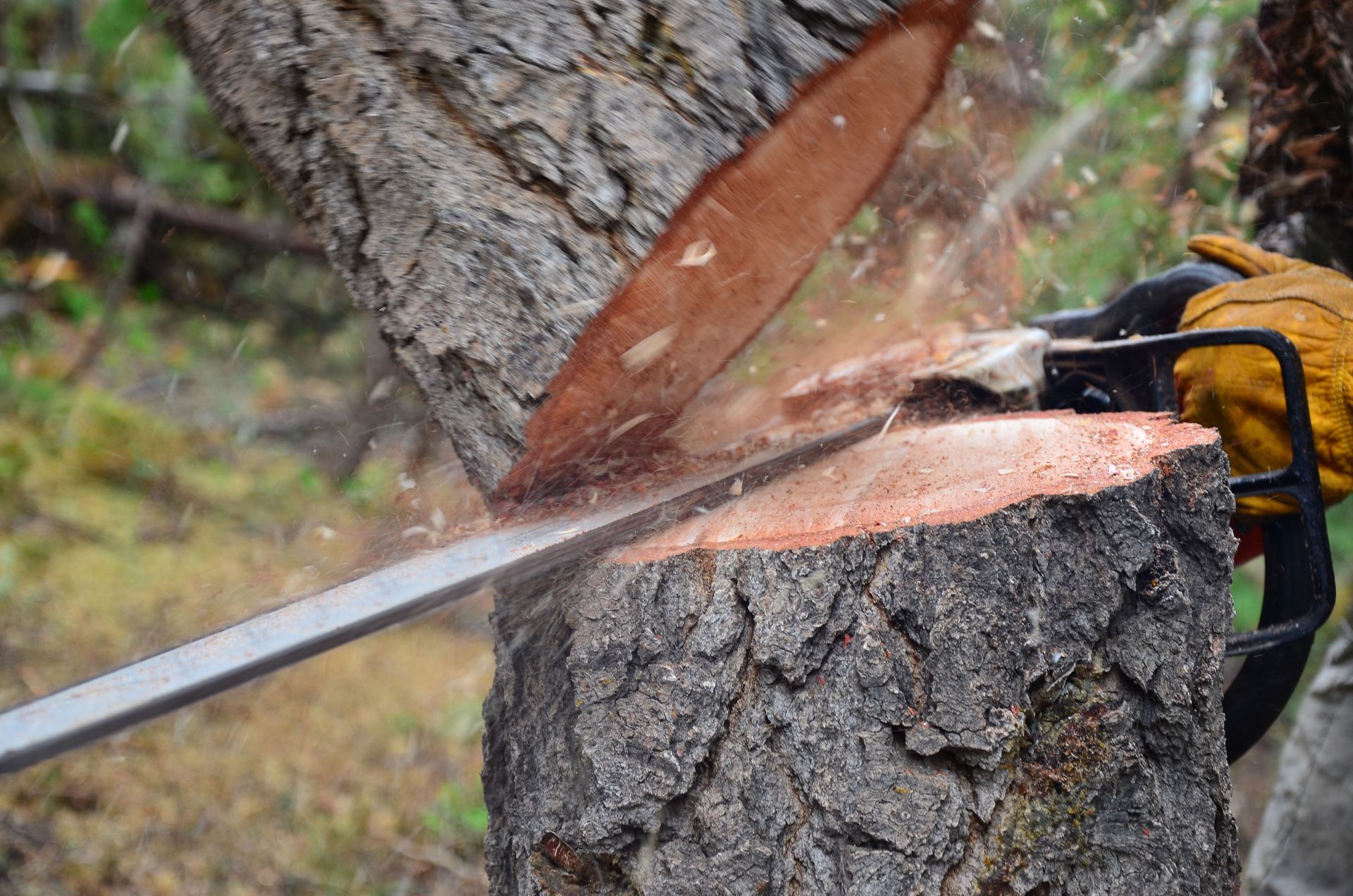
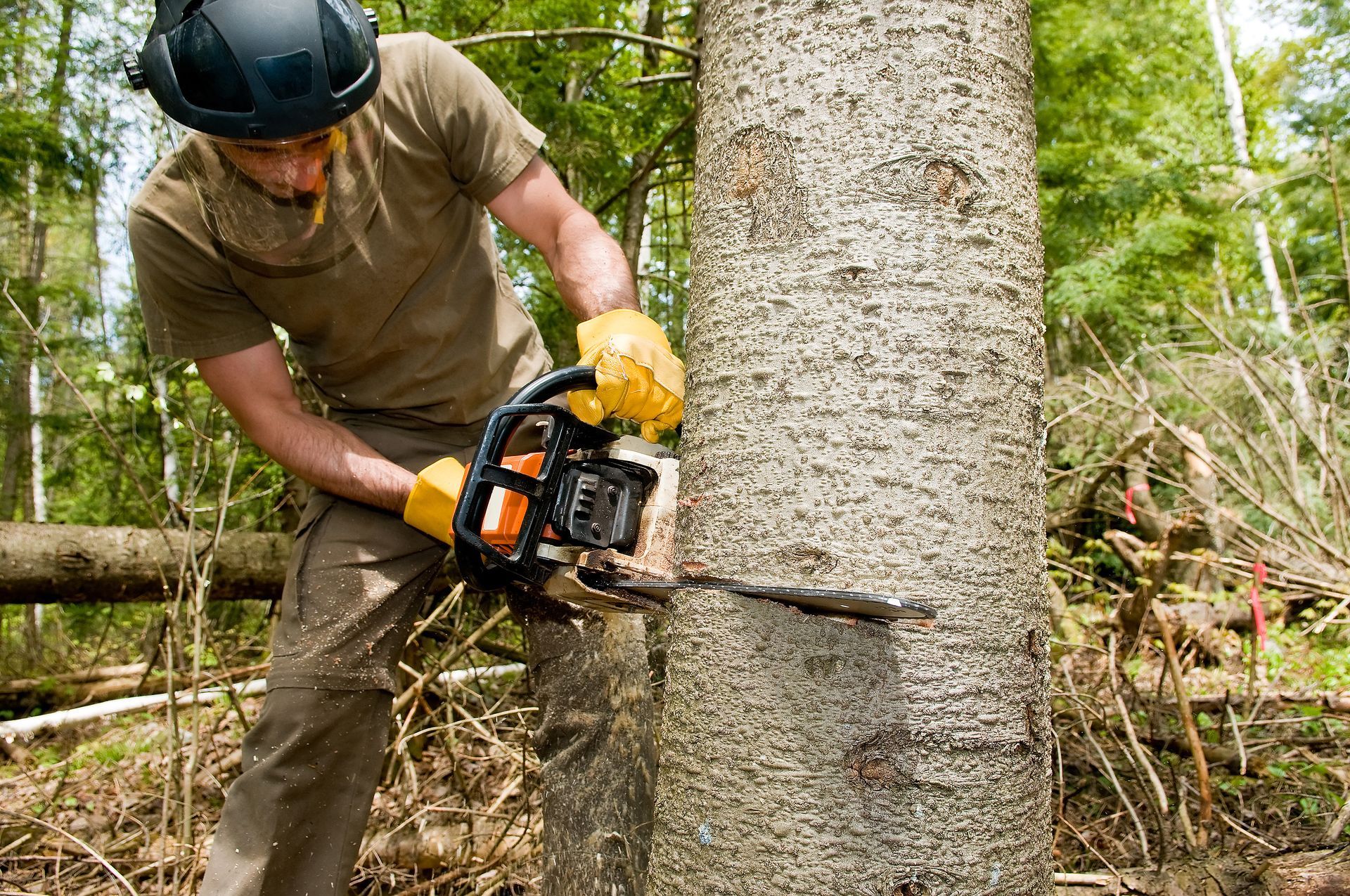
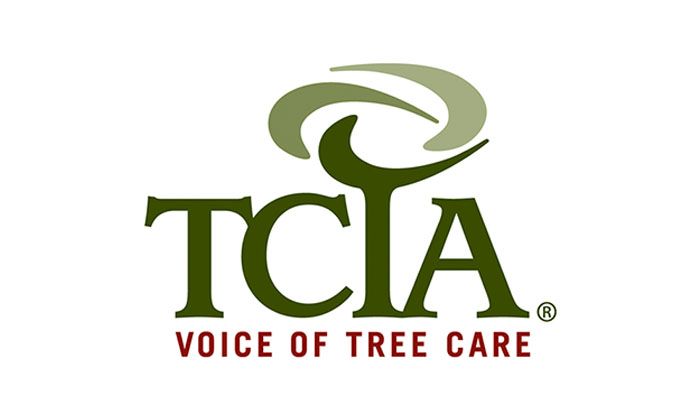
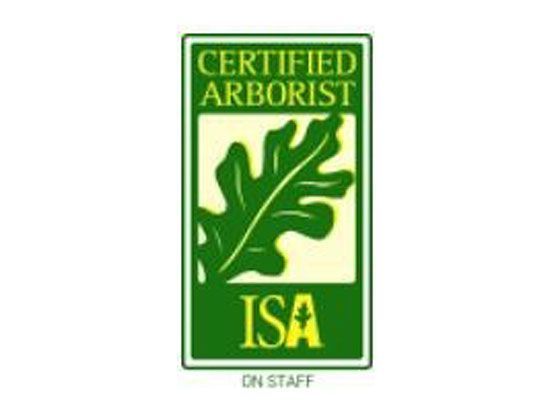
Share On: